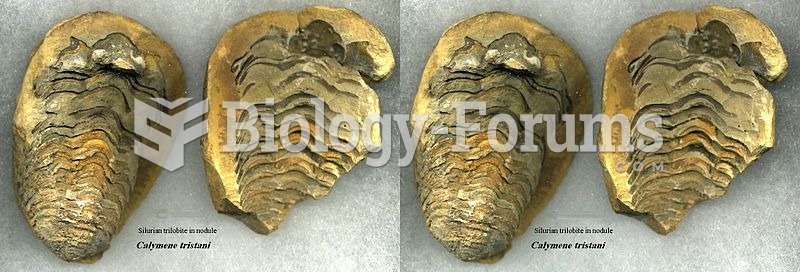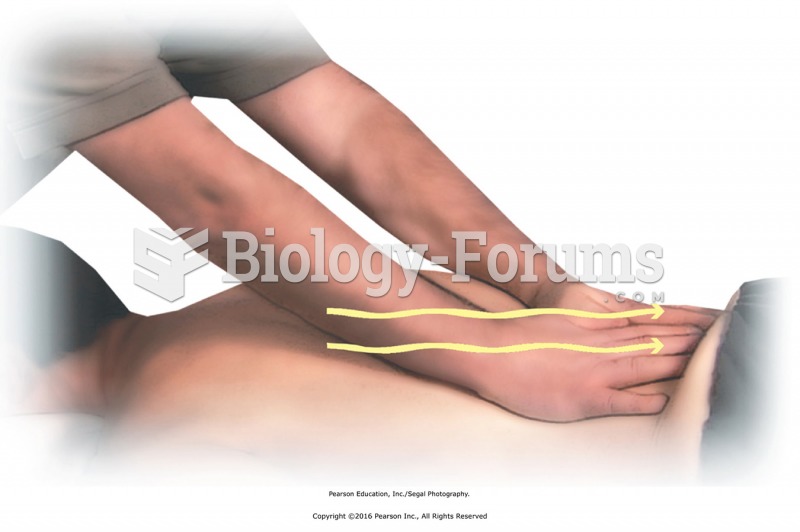|
|
|
All adverse reactions are commonly charted in red ink in the patient's record and usually are noted on the front of the chart. Failure to follow correct documentation procedures may result in malpractice lawsuits.
In ancient Rome, many of the richer people in the population had lead-induced gout. The reason for this is unclear. Lead poisoning has also been linked to madness.
When taking monoamine oxidase inhibitors, people should avoid a variety of foods, which include alcoholic beverages, bean curd, broad (fava) bean pods, cheese, fish, ginseng, protein extracts, meat, sauerkraut, shrimp paste, soups, and yeast.
As many as 28% of hospitalized patients requiring mechanical ventilators to help them breathe (for more than 48 hours) will develop ventilator-associated pneumonia. Current therapy involves intravenous antibiotics, but new antibiotics that can be inhaled (and more directly treat the infection) are being developed.
It is difficult to obtain enough calcium without consuming milk or other dairy foods.
 Traction the neck by placing the head, in neutral position facing upward, in one hand. Place the ...
Traction the neck by placing the head, in neutral position facing upward, in one hand. Place the ...
 Apply L stroke under the mandible. Place your middle and ring fingers under the tip of the chin; ...
Apply L stroke under the mandible. Place your middle and ring fingers under the tip of the chin; ...





